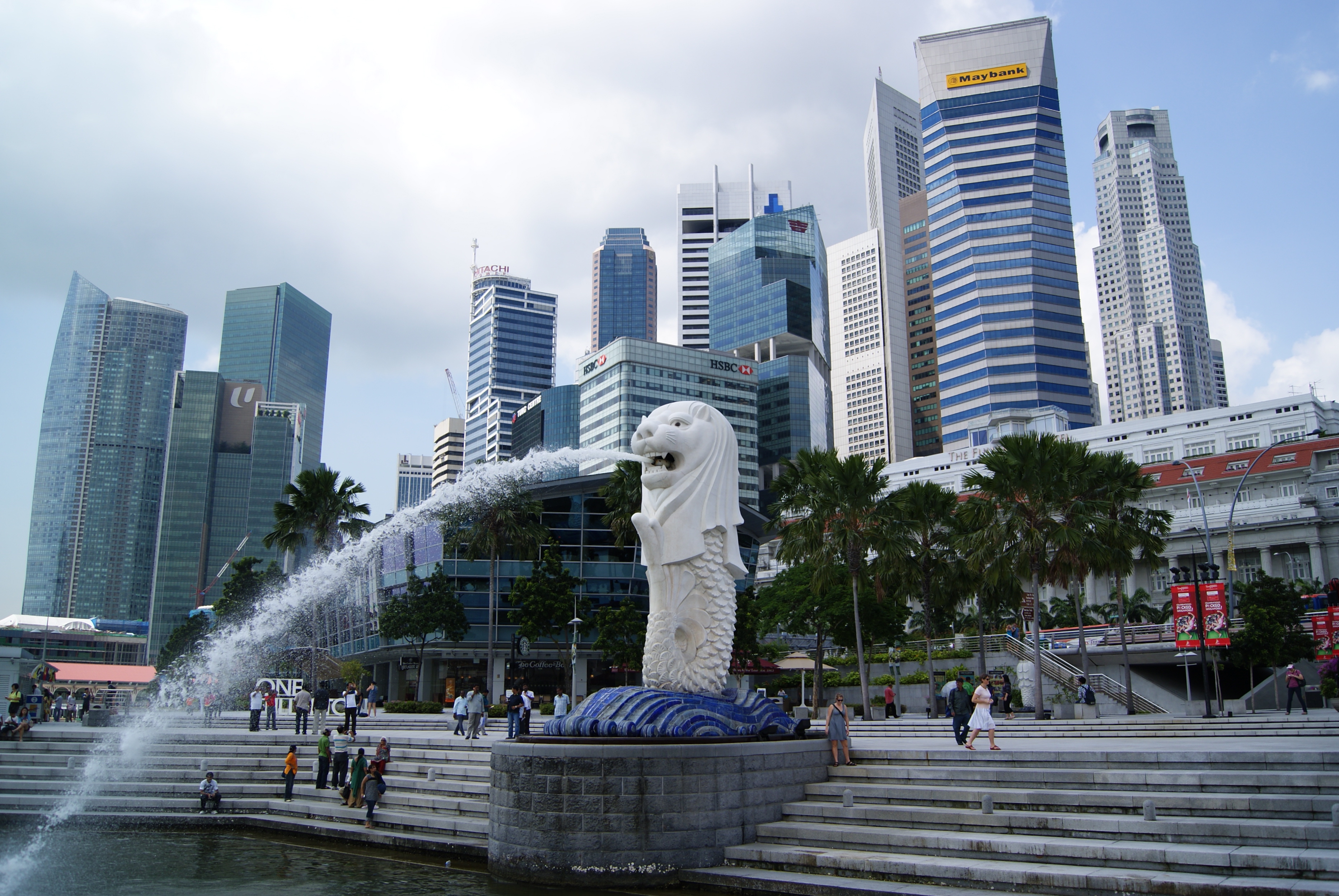The Singapore-India story is now creating a new historical chapter. FDI in equity from Singapore jumped 41% in the April-December period to almost USD13 billion, while that from Mauritius dropped 55% from a year before to USD6 billion, showed the latest official data.
The top sources for India’s FDI were Singapore, Mauritius, Japan with USD2.2 billion and Britain with USD1.1 billion.
FDI inflows into chemicals (excluding fertilizers) in the first three quarters exceeded those into sectors like financial and other services, computer software and hardware, telecommunications, trading, and automobiles.
FDI equity flows routed through Mauritius declined reflecting the impact of the amended DTAA (double tax avoidance agreement). Under the amended treaty with Mauritius, for two years beginning April 1, 2017, capital gains tax will be imposed at 50 percent of the prevailing domestic rate. Full rate will apply from April 1, 2019.
To reduce tax liabilities and improve trade flows, India and Singapore have a DTAA. Both the countries have also signed the Comprehensive Economic Cooperation Agreement (CECA) in 2005 and Singapore is also party to India’s trade agreement with ASEAN.
Singapore has a robust and fairly transparent financial system with easier access to funds at low costs, many foreign companies with an interest in India continue to be inclined to invest via Singapore rather than Mauritius, the Financial Express reported.
Apart from being a critical driver of economic growth, foreign direct investment (FDI) is a major source of non-debt financial resource for the economic development of India. Foreign companies invest in India to take advantage of relatively lower wages, special investment privileges such as tax exemptions, etc.
However, India’s total FDI inflows into equity dropped 7% to USD33.5 billion between April and December 2018.



